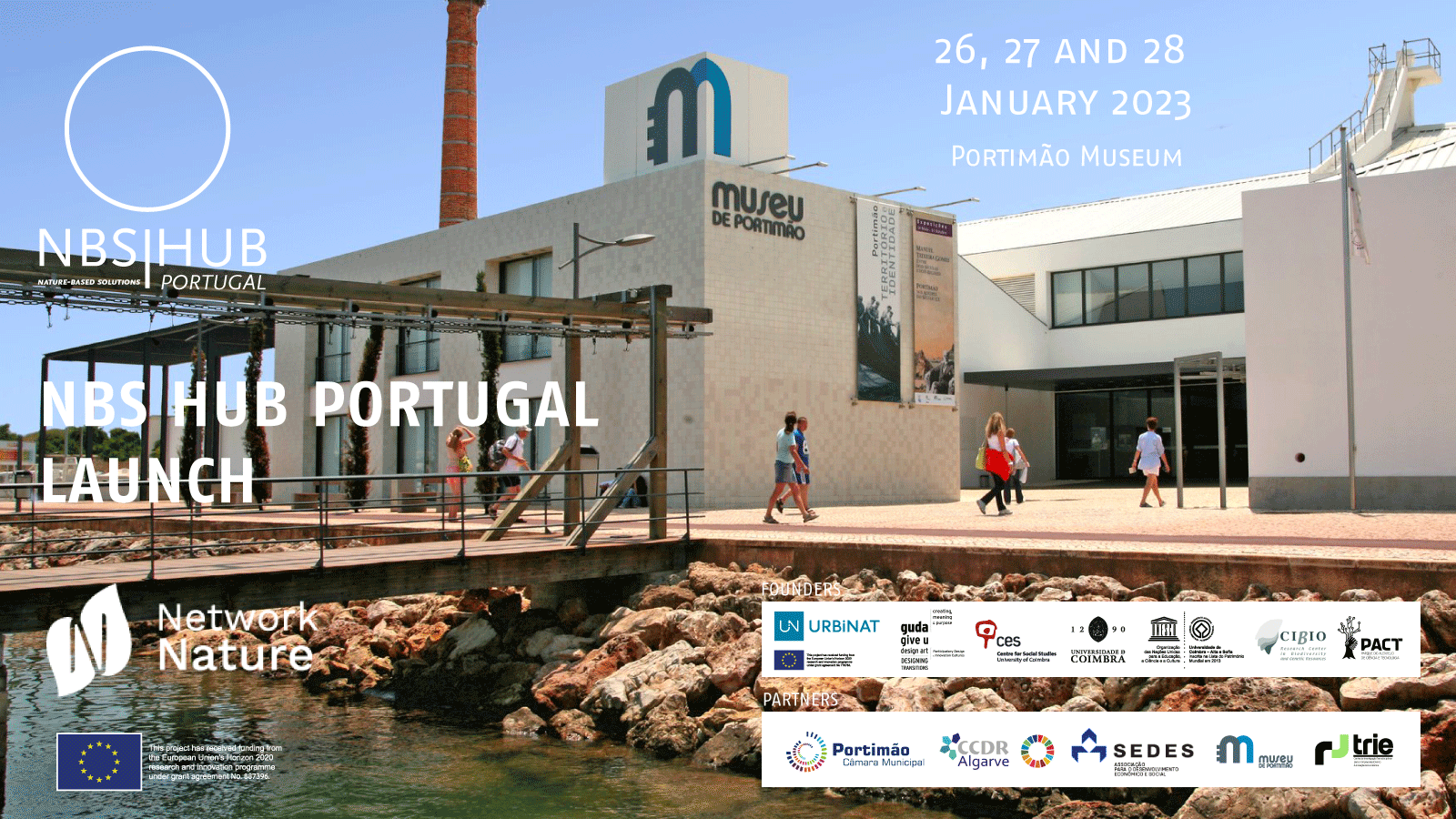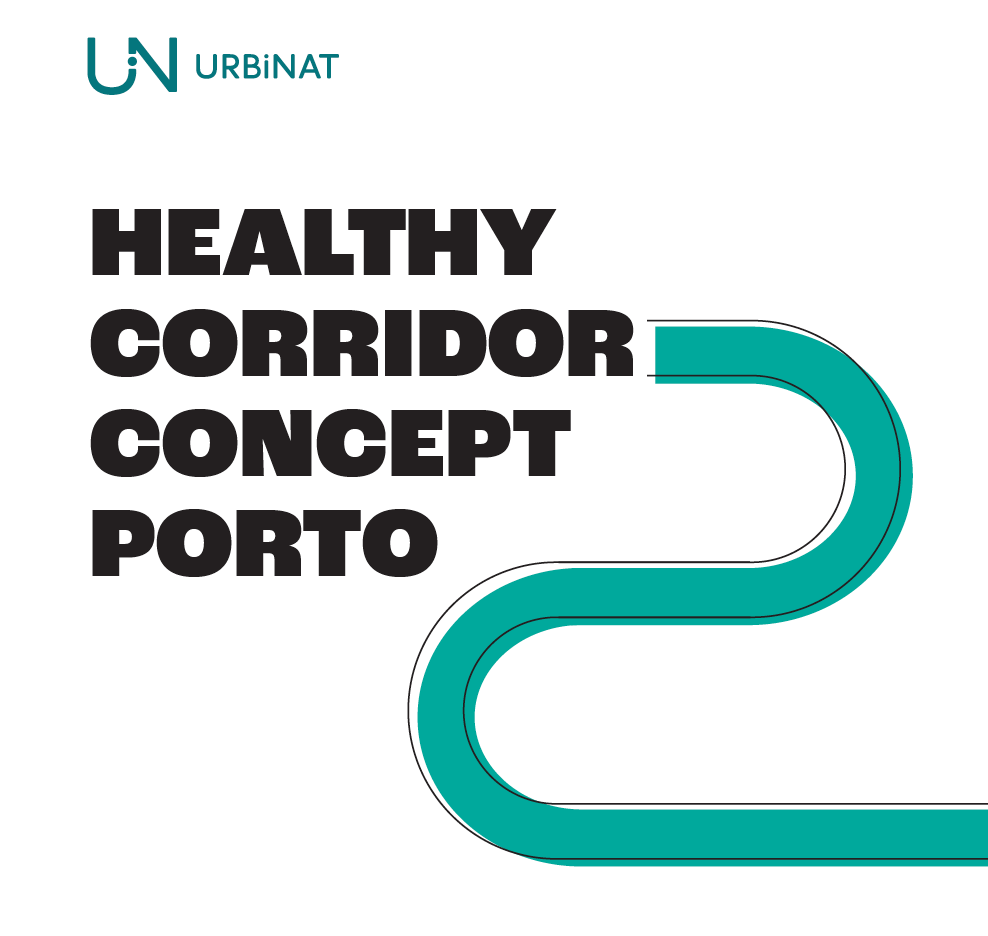The benefits of planting trees in cities, and the value of the ecological services they provide, have been well-understood for at least as far back as the Roman Empire when urban planners used trees to provide shade, mitigate against temperatures, heavy rainfall, storms as well as providing food and fodder for animals. Indeed, planting urban trees, parks and urban forests is probably one of the earliest applications of what is now termed “nature-based solutions” (NBS), i.e. actions that are undertaken in order to protect, sustainably manage, and restore natural or modified ecosystems, that address societal challenges effectively and adaptively, simultaneously providing human well-being and biodiversity benefits.
The URBiNAT project is dedicated to the co-selection, co-design and co-implementation of multiple NBS, including urban forests, as part of the broader creation of Healthy Corridors. In the URBiNAT Frontrunner city of Nantes which has a long-standing commitment to promoting sustainable development, and which has put in place an innovative model of urban planning which combines economic growth, the development of public services and quality of life, children from several school have been involved in the planting of mini urban forests.
Our local URBiNAT teams are in close contact with the initiators of of the MiniBigForest which uses methods inspired by the Japanese botanist Akira Miyawaki, to design urban forests that have a high potential in terms of biodiversity, the greening of urban spaces and the strengthening of social links. Jim Bouchet and Stéphanie Saliou of the MiniBigForest describes the Nantes project as follows:
What is a mini forest?
It is a forest which applies the Miyawaki method to “allow the recreation of small urban forest ecosystems that function according to the mechanisms of a natural forest,”. The idea, for us, is to bring ecosystems back to the urban environment, and to do so in a participatory way. Every time we plant, we do it with residents, citizens, schoolchildren. We’re raising awareness to reconnect them through concrete action.”
Why are mini forests small today?
“It’s true that it’s not impressive at first, especially as it’s winter and there are no leaves,”. MiniBigForest plants two-year-old seedlings, which are necessarily small. But this is an age when the plants have a fairly high growth rate. These forests grow about one meter per year. “It will be more impressive after 2-3 years”. It’s the rhythm of the tree. The forest of Villeneuve, which we planted a year and three months ago, already has trees that are two meters tall.”
Nantes has just planted its second mini forest. Other projects are in the pipeline?
Mini Big Forest is going to plant a third forest of 230 m2 in mid-March in Rezé, on the site of Transfert. “And we are working with Vertou,” adds Stéphanie Saliou. They’re going to leave us a beautiful 2000 m2 space. This will allow us to plant nearly 4000 trees in the fall.”
If you are want to find out more about the URBiNAT project in Nantes here are a couple of dates for your agenda!
- 12th February: test of Superbarrio (digital tool to test implementation of NBS in 3D virtual environment) with teenagers.
- 17th March: testing with the green loop with local stakeholders, to prepare the walkthrough/co-selection workshop in April with inhabitants (4th April to be confirmed).





